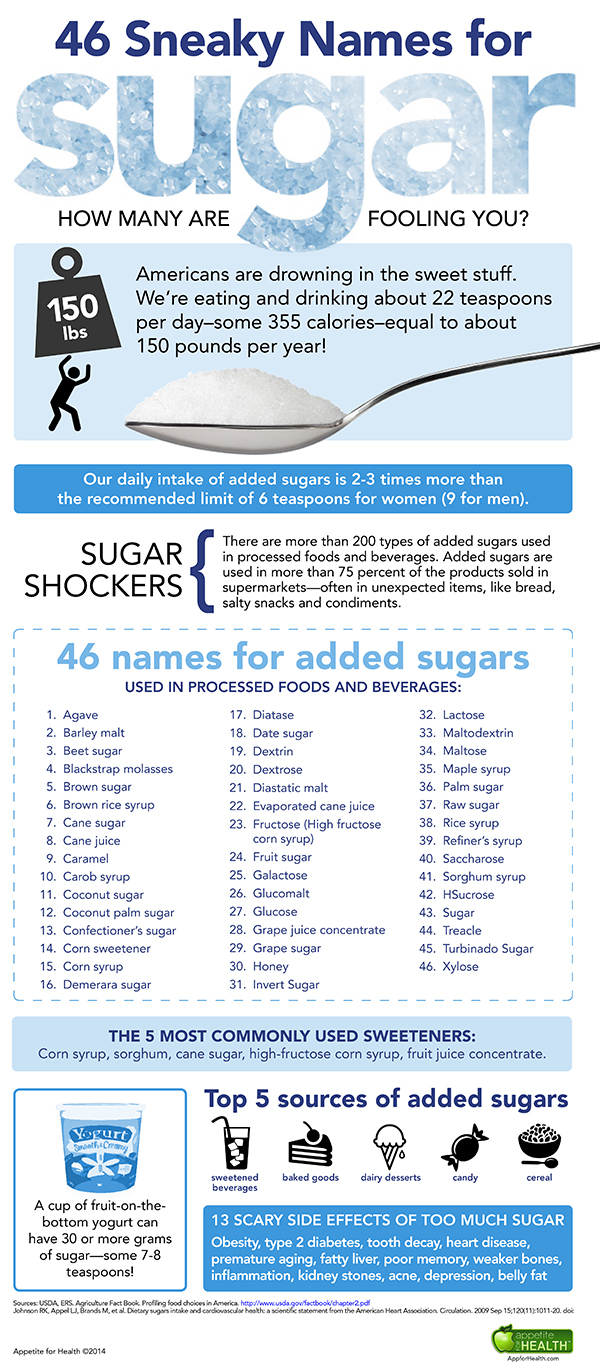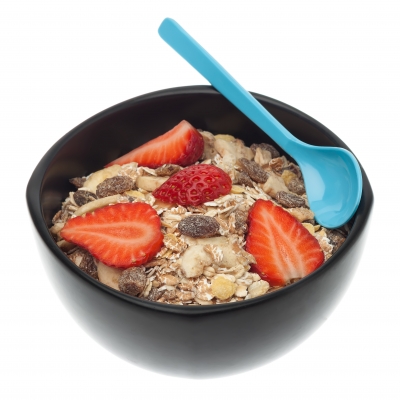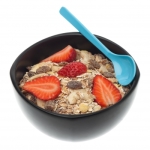Does meal timing really impact your weight?
 Could weight loss be about more than the foods you choose to eat? What if you could lose weight by simply changing your meal time?
Could weight loss be about more than the foods you choose to eat? What if you could lose weight by simply changing your meal time?
This is not a new idea. However, is it just a gimmick or actually supported by research. Well, I found three different studies regarding meal timing.
Study #1: Timing of food intake predicts weight loss effectiveness
This study was published in the International Journal of Obesity in 2013. The goal was to determine the relationship between meal timing and weight.
The study had 420 individuals divided into two groups – early eaters and late eaters. Early eaters were defined as eating lunch before 3pm. Late eaters defined as eating lunch after 3pm.
Both groups followed a 20-week weight loss treatment.
Study results show late eaters lost less weight and had a slower rate of weight loss compared to early eaters. The late eaters also skipped breakfast more frequently than early eaters.
The surprising piece is that energy intake, dietary composition, estimated energy expenditure, appetite hormones, and sleep were similar between the two groups.
Conclusion: Eating late may influence weight loss success.
Continue reading
Saturated Fat: Do you need to limit your intake?

Dr. Bowden is a board-certified nutritionist and author of 14 books including The Great Cholesterol Myth co-authored with cardiologist Stephen Sinatra.
I was interested to know if Dr. Bowden supported diets unlimited in saturated fat. Dr. Bowden provided key clarification when answering…
The problem isn’t with the saturation of fat, but with its toxicity.
If you consume fat from feedlot raised animals, they have received hormones, antibodies, steroids and pesticides. All of this is stored in their fat. Fat you then consume. This is not a healthy fat and in no way recommended.
Let’s look at this from another angle to ensure you understand the point Dr. Bowden is making.
Inflammation promotes degenerative diseases — Alzheimer’s, heart disease, diabetes, cancer, multiple sclerosis, etc. Inflammation is tied to the relationship between omega 3 and omega 6 fatty acids. Omega 6 is inflammatory. Omega 3 is anti-inflammatory. You need both in your diet. You cannot simply eliminate all omega 6 fatty acids. You need an appropriate balance between omega 3 and omega 6. The current ratio, according to published research in the World Review of Nutrition and Dietetics, Vol 100, is 16:1 for most Americans. The desired, healthy ratio is between 1:1 and 4:1.
Accordingly to Dr. Bowden, this poor balance is due to the removal of saturated fats from our diets. Saturated fat is a neutral. It’s neither inflammatory, nor anti-inflammatory….as long as it is not toxic. A very small percent of the US population consumes grass-fed beef free of toxins. If you consume the standard feedlot raised beef, then no longer restricting your intake is not wise. Yes, the saturated fat itself isn’t going to lead to heart disease, but the toxins contained in that saturated fat are a big negative for your health.
So, what are some foods containing saturated fat that Dr. Bowden considers okay to eat?
Continue reading
Why do we think saturated fat causes heart disease?

I discussed heart disease in connection to saturated fat with board-certified nutrition Dr. Jonny Bowden.
Dr. Bowden is the author of 14 books including The Great Cholesterol Myth co-authored with cardiologist Stephen Sinatra. He explains that “I’m out to rehabilitate the reputation of saturated fat, a perfectly healthy fat that we collectively demonized when we wrongly believed it lead to heart disease. Recent research has shown that there’s no connection between saturated fat in the diet and the incidence of heart disease. Instead of saturated fat and cholesterol, most leading edge experts are now looking at inflammation as a prime mover in the development of heart disease.”
Today I want to cover what Dr. Bowden shared on the history of saturated fat and it’s believed connection to heart disease.
Why is there so much news lately in regards to saturated fat and its connection, or lack of connection, to heart disease? Accordingly to Dr. Bowden, the media is finally catching up with what we’ve known for 15 years. Nothing has changed. It’s just becoming more difficult to ignore the mounting evidence. It never caused heart disease.
Continue reading
How Long Have You Lived with High Cholesterol?
The longer you live with high cholesterol levels, the higher your risk for heart disease as you age. According to this study, for every ten years cholesterol is mildly elevated between the ages of 35 to 55, heart disease risk may increase 40 percent.
It’s suggested adults with longstanding mild or moderately high cholesterol levels, might benefit from more aggressive treatment plans.
How was this increased risk determined?
Data from the Framingham Heart Study, which began in 1948, was studied by researchers. A group of 1,478 adults without heart disease at age 55 were evaluated to determine what length of time each lived with high cholesterol. They were broken into segments of no high cholesterol, high cholesterol for one to ten years, and high cholesterol for 11 to 20 years. This group was then followed for 20 years, ages 55 to 75, to see how high cholesterol levels impacted their risk of heart disease development. Beginning at age 55, there were 389 participants who had lived with high cholesterol for 10 years, 577 lived with cholesterol 11 to 20 years, and 512 participants did not have high cholesterol.
Research results indicate increased heart disease risk with longer exposure to high cholesterol levels.
For example, participants with high cholesterol for 11 to 20 years before the age of 55 had a 16.5 percent overall risk of heart disease.
Those with one to ten years of high cholesterol exposure had an 8.1 percent risk.
Participants without high cholesterol had a 4.4 percent risk for heart disease.
It was found that each decade of high cholesterol increased risk of heart disease 39 percent.
What should this mean to you?
How does your added sugar intake measure up?
According to the American Heart Association (AHA), the max amount of added sugars you should eat daily equals…
Men: 150 calories per day (37.5 grams or 9 teaspoons)
Women: 100 calories per day (25 grams or 6 teaspoons)
How does your sugar intake measure up?

Infographic courtesy of AppforHealth.com.
Moms and dads: Are your children getting enough fiber?
 From keeping our immune system functioning to bowel regularity, our digestive systems do a lot for our everyday health.
From keeping our immune system functioning to bowel regularity, our digestive systems do a lot for our everyday health.
Dietary fiber as a regular part of your diet will promote lower cholesterol levels and improved heart health. Most of us consume about half of the fiber our bodies need to function correctly.
If we include fiber in the diets of our children now, we can make it a natural habit they continue into adulthood.
I asked registered dietitian Felicia D. Stoler, DCN, how parents can get inventive about ways to increase our family’s fiber intake. Stoler is the former host of TLC’s “Honey, We’re Killing the Kids,” and author of “Living Skinny in Fat Genes.”
Lisa Nelson, RD: How much fiber do we need?
Dr. Stoler: “Toddlers ages 1-3 need 19 grams of fiber daily. Children ages 4-8 years need 25 grams, about the same as adult women. Teenage boys and adult men should aim for 38 grams per day. That fiber requirement probably won’t be met by eating fast food. “A four-piece serving of chicken nuggets has just one gram of fiber. A six-inch turkey breast deli sandwich only has three grams.”
Lisa Nelson, RD: How do you get around the idea that a high-fiber diet means piling plates high with vegetables?
Dr. Stoler: “Sometimes playing ‘hide the fiber’ is the best way to improve a family’s nutrition.”
Lisa Nelson, RD: Can you give me some examples?
Dr. Stoler: “I’m always tossing ground flax seed into foods. One of my favorite tips is to use it as a thickener for tomato sauce or soup. Serving a lot of side dishes is a great way to load up on vegetables or grain-based foods. Along with a main course of poultry or fish, I prepare a lot of side dishes with beans, lentils and multiple grains. For flavor and color this time of year, toss in some cranberries.”
Lisa Nelson, RD: What about giving the family a high-quality fiber supplement?
Dr. Stoler: “I keep Sunfiber on the kitchen counter so it’s very convenient while I’m cooking. Since it’s odorless, tasteless and mixes easily into just about anything, it’s routinely my secret ingredient in a lot of foods from pancakes, waffles and muffins to chili, soup and yogurt. One scoop adds six grams of fiber, which is significant. It also helps support your family’s bone health because it supports better calcium and magnesium absorption.”
Lisa Nelson, RD: How can you add more fiber to kids’ party foods, especially if the event is at someone else’s home?
Dr. Stoler: “Offer to bring a snack for fall get-togethers. Kids go crazy for fruit kabobs. Just thread fresh melon balls onto wooden skewers. Then flip over half of the empty melon shell, and stick the skewers into it for a festive presentation. If you’re short on time, buy the pre-cut melon and stick the skewers in a Styrofoam ball from the craft store or invert a colander. When fruit is presented in an enticing way, people want to eat it.”
Lisa Nelson, RD: Do you have other creative tricks for getting kids to eat healthier?
Dr. Stoler: “Make sure plates are filled with colorful foods. Food that’s appealing stands a greater chance of getting eaten. Use cookie cutters to cut sandwiches made with high-fiber bread. Use a vegetable peeler to cut carrots or cucumbers into ribbons. Experiment with cutting other vegetables into fun shapes.”
Lisa Nelson, RD: What do you suggest for a high-fiber, family dessert?
Dr. Stoler: “Dress up fruits for dessert. The beauty of high-fiber desserts is that they fill you up, especially if you slow down and savor each bite. So you won’t be as tempted to over-indulge. Frozen grapes are fun and easy. Fruit cobblers are also a good choice for chillier evenings, especially if you sprinkle some Sunfiber into the mixture before baking. Making it with an oatmeal topping will add even more fiber and nutrients.”
Lisa Nelson, RD: Do you have any other suggestions for parents to encourage their kids to start eating more vegetables?
Dr. Stoler: “Include your children in creating menus, grocery shopping, gardening, setting the table and food preparation. “This may not only broaden their interest in trying different foods, it can also teach them important life skills around food such as budgeting money and time management skills. Passing on your knowledge will help them to be great parents!”
Dr. Stoler adds that Sunfiber, which she referenced, is well researched for its health benefits. Those studies are available at www.Sunfiber.com.
You can also access the free ecourse How to Lower Cholesterol in 8 Simple Steps at http://lowercholesterolwithlisa.com.
All the best,
Lisa Nelson RD
Image courtesy of phasinphoto / FreeDigitalPhotos.net




